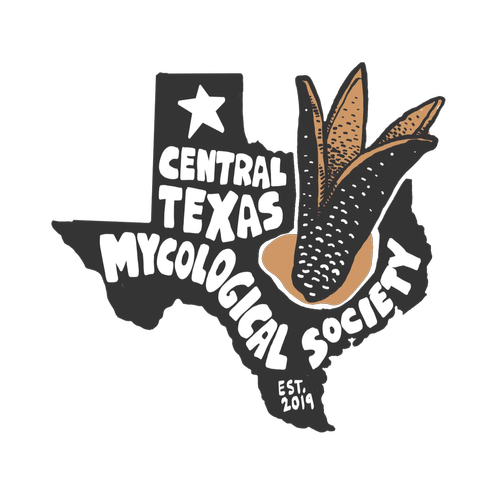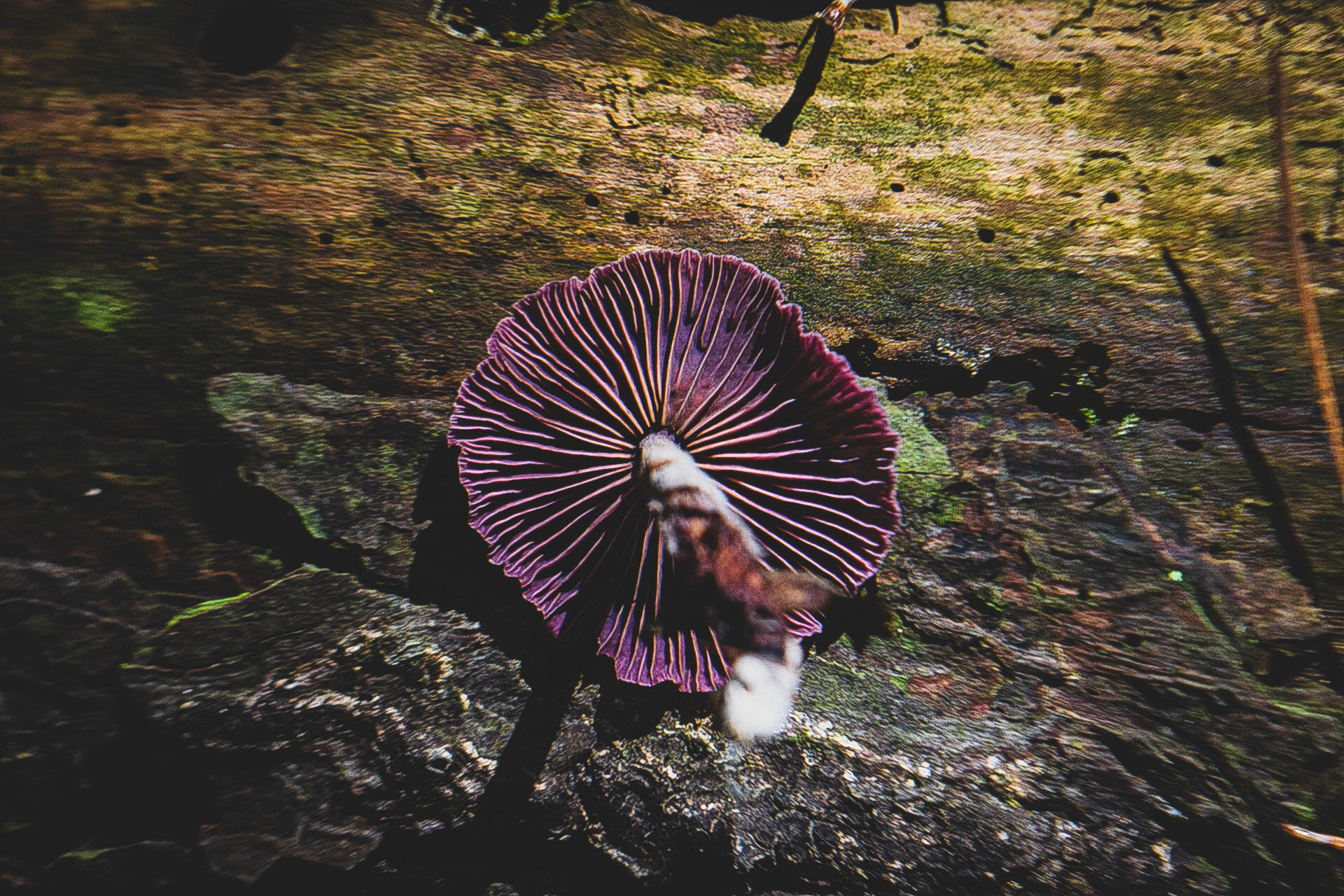Structure and Function Relationships in the Fungal Kingdom
Nature is full of amazing shapes and structures, these shapes are arranged in specific ways which grant them the ability to perform a very specific task, allowing an organism to function correctly. The way that something is put together determines how it will be used. These structures are diverse and play different roles in different organisms. Diversity in nature arises through Natural selection, the process by which organism populations adapt and change over a long period. In the Fungal Kingdom structure and function relationships can be observed in many instances, especially in the ways that spore dispersal is achieved.
Fungi are a eukaryotic organism that absorbs nutrients from the world around them, using threads of long structures called hyphae, which then come together to form a larger network called mycelium. During the fungi’s life cycle, the hyphae will develop into mature structures, often seen above ground as mushrooms, that are capable of reproducing and dispersing spores. Spores are the single cells that contain all of the genetic information the fungus needs to start forming it’s on mycelial network, think of them as seeds to an apple. According to An Abbreviated Guide to the Mushrooms of Massachusetts “There are two types of spore-producing cells: asci and basidia. In asci, the spores are fully contained within an outer covering. When the spores mature, the tip of the ascus breaks open and the spores are released. In basidia, the spores are produced externally. The spores are released when they break off.”
The main function and task of a mushroom is spore dispersal, one of the main structures they use to achieve that are called hymenium. The hymenium is a broad flat structure that produces spores. The hymenium can be found on different types of structures that different species produce, such as gills, pores, and even teeth. Some mushrooms don’t use those methods at all. Some species like chanterelles have false gills or folds under their caps, which are often smooth and are used to drop the spores from. Stinkhorn fungi use a foul-smelling jelly-like substance that covers the top of the mushroom, flies are attracted to this and spread the spores after landing on the mushroom. Puffball mushrooms disperse their spores using a small pore in their top called an ostiole. Also, the hymenium of coral fungi occurs as a small layer that covers all of the branchings of the fungus, spores will just drop from where they grow. (1)
One of the most prolific ways that mushrooms produce hymenium is through gills. Gills or lamellae are thin, flat, plate-like structures that form vertically under the cap and spread outward from a single point. Some species form a single array of gills, while others form stacks of lamellae between the main gills, gills that branch from one another are also common. The fungus forms these structures to maximize the surface area of the hymenium, allowing the mushroom to produce more spores which give it a higher chance of reproducing. “Relative to spore production over a flat surface, gills achieve a maximum 20-fold increase in surface area. The branching of gills produces the same increase in surface area as the formation of freestanding lamellulae.” (2) The space between the gills is also important for successful spore dispersal. Once the spores are formed the fungus uses a process called bellistospory to eject the spurs from the hymenium's surface. They are able to eject the spores from the surface of the lamellae by a structure referred to as the surface tension catapult. (3) If the spores don’t get shot far enough they fall onto the lower portions of the gill or if they shoot too far they land on the side of another gill. The benefit of a system of spore dispersal like this is shown by the staggering production of spores from lamallate fruiting bodies. Under perfect conditions a single Agaricus campestris can release 31,000 spores per second, or 2.7 billion spores per day. (4)
As stated above gills are not the only structure that hymenium can use for spore dispersal. Many mushrooms especially those in the Bolete and Polypore groups form hymenium that are covered in small holes, or pores. The pores are long tube-like structures that form in the mushroom cap. The spores are formed on the inside of the hymenium tube where they will eventually be released and fall down out through the pore and into the air. Pores are not always circular and sometimes the walls between hymenium will join together and be longer and be more closely packed together, this creates diamond and even honey-comb shaped patterns. Some polypores, like the aptly named Daedalea quercina, have elongated pores that result in a maze-like pore surface. (5)
Toothed Fungi as you can guess, have a hymenium on structures that are formed like teeth or spines. These teeth are always pointed straight down and perpendicular to the earth. The teeth are also tapered, that in combination with their orientation ensure that the spores that are produced fall straight down and won’t land on other spines. Phanerochaete chrysorhiza, is a tooth fungus found on the underside of hardwood logs that produce other incredible structures. This striking orange-red fungus produces numerous "ropes" of hyphae called rhizomorphs that connect one part of the substrate to another and probably act as nutrient conductors. (6)
The spore dispersal techniques seen in the Fungal Kingdom are vast and diverse, from the gill structures of Agaricus species to the cannonball-like function of some Pilobolus species. Pilobolus can launch spores at speeds close to 20,000 G-Forces, approximately 10,000 times the forces that astronauts riding the space shuttle through the earth's atmosphere experience. The incredible diversity that is seen arises from Natural selection.The way that these structures are arranged enable them to perform the tasks that are needed of them by the fungal organism.
Sources:
https://www.mushroom-appreciation.com/identify-mushrooms.html#others
https://www.ncbi.nlm.nih.gov/pmc/articles/PMC2891949/
https://www.ncbi.nlm.nih.gov/pmc/articles/PMC2891949/
https://www.ncbi.nlm.nih.gov/pmc/articles/PMC2891949/
http://website.nbm-mnb.ca/mycologywebpages/NaturalHistoryOfFungi/ToothFungi.html





